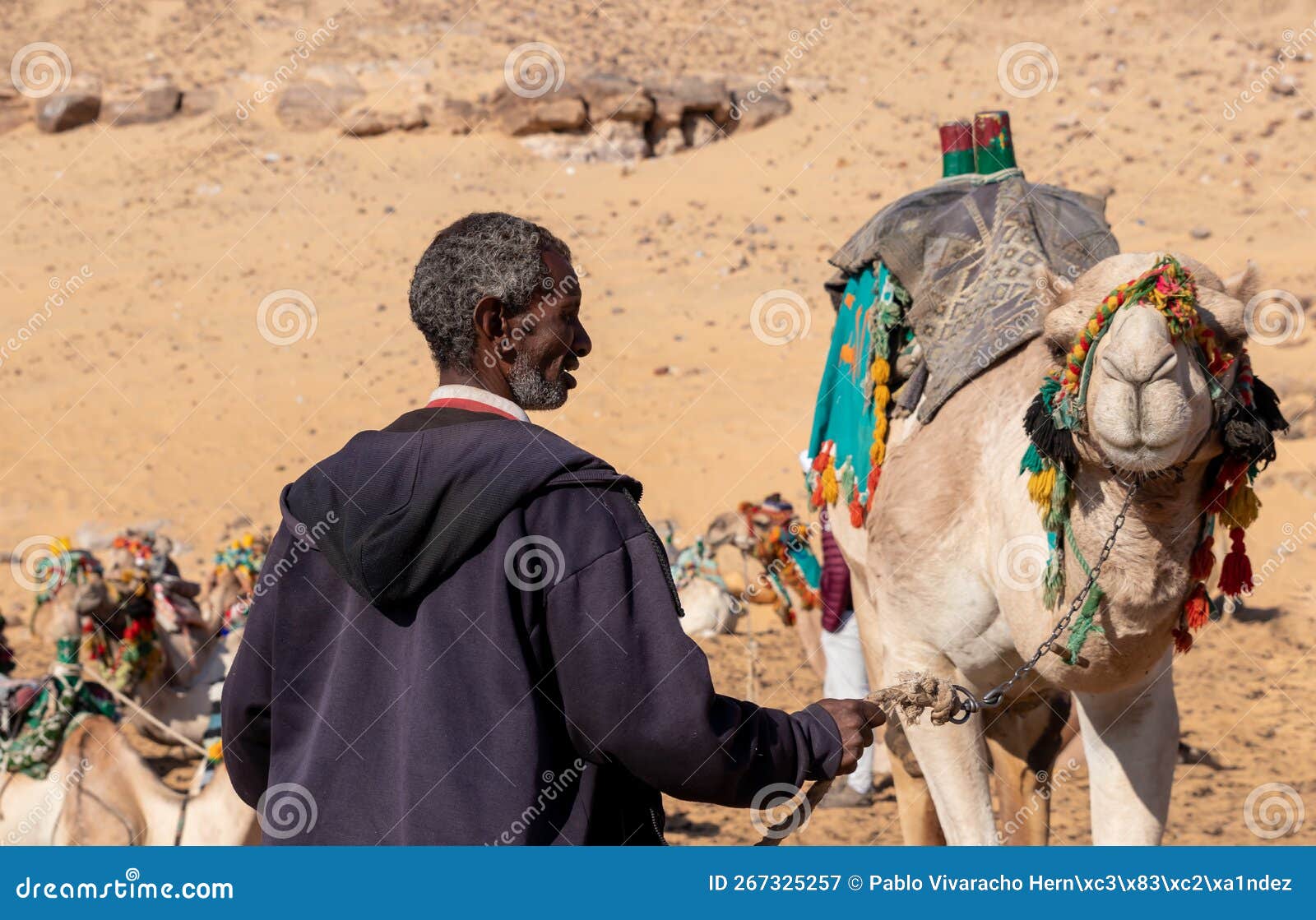Across vast deserts and sun-kissed landscapes, the image of camel riding has established a romantic allure. Tourists, captivated by the exoticism of these majestic creatures, embark on journeys atop their backs, often in the backdrop of timeless monuments and vibrant cultural settings. This enduring practice raises a pertinent question: is camel riding an innocent cultural tradition or an insidious form of animal cruelty? To unpack this conundrum, it is essential to delve into the complexities that surround both the cultural significance of camels and the ethical implications of their use in tourism.
Historically, camels have been indispensable to many nomadic communities, particularly in regions such as North Africa and the Middle East. These remarkable creatures, often referred to as the “ships of the desert,” have served as reliable companions and modes of transport for centuries. In remote areas, they endure harrowing conditions, showcasing unparalleled resilience. For these communities, camel riding is deeply intertwined with their heritage, linking generations through tradition and shared experiences. It serves a significant role in cultural festivities, social gatherings, and even religious rites, where the bond between the camel and its owner symbolizes pride and respect for nature.
However, when the context shifts to tourism, the narrative often becomes more complex. Tourists engage in camel riding experiences, seeking out picturesque rides through desert terrains and Instagram-worthy snapshots. These endeavors are frequently advertised as authentic experiences that allow travelers to connect with local culture. Yet, the very act of commodifying camel rides frequently overlooks the welfare of the animals involved. Behind the scenes, the animals might endure grueling physical conditions, substandard living environments, and ineffective training methods—all driven by the demand for extraordinary photo ops and exhilarating rides.
Numerous studies have emerged highlighting the harsh realities that camels face in the tourism industry. Overwork, lack of proper veterinary care, and erratic feeding schedules can lead to serious health issues. Reports of injuries, stress, and exhaustion are not uncommon, raising ethical questions about the morality of such practices. Could the exhilaration of the ride mask underlying suffering? The idyllic representation of camel riding clashes with the often-tenebrous reality, prompting an examination of the ethics involved.
Furthermore, a significant factor contributing to the popularity of camel riding is the deep-seated fascination humans possess for these creatures. The blend of physiological grandeur and historical significance captivates many. Camels boast remarkable adaptations well-suited to arid climates—ability to conserve water, navigate difficult terrains, and possess stoic temperaments. This intrinsic allure has, sadly, allowed for their exploitation without adequate regard for their welfare.
In many cultures, there exists a certain romanticization of animal labor, an antiquated belief that views animals merely as resources to be utilized. The misunderstanding of camels as rugged and indefatigable beings fosters a problematic narrative of invulnerability. This perception diminishes the critical need for ethical considerations in their treatment. It engenders a stark contrast between what is perceived culturally as tradition and what is ethically justifiable.
Additionally, as global awareness of animal welfare continuously evolves, hesitation around camel riding increasingly becomes a focal point in the larger conversation about ethical tourism. Responsible tourism advocates fervently emphasize the importance of respecting animal rights, encouraging travelers to scrutinize their choices carefully. They propose alternative ways to engage with cultures—like supporting local artisans, dining at traditional eateries, or experiencing guided tours which do not involve animal labor. By shifting the paradigm toward humane interactions, the cultural significance of camels can still be honored without compromising their well-being.
It is imperative for both locals and tourists alike to engage in dialogue surrounding these practices. Educating oneself on the treatment of animals involved in tourism can foster respectful cohabitation between humans and animals. Encouraging responsible tourism practices can create a more sustainable model—one that protects both the rich cultural traditions intertwined with camel riding while safeguarding animal welfare. By promoting education, rehabilitation, and ethical guiding principles in the industry, a balance may be reached that respects both heritage and humane treatment.
In conclusion, the question of whether camel riding constitutes animal cruelty or a cultural tradition invites nuanced examination. While it undeniably holds deep historical significance for many communities, the ethical considerations regarding the treatment of these noble animals cannot be overlooked. Addressing the complexities surrounding this antiquated practice requires a collective effort to challenge existing norms and foster more humane attitudes toward animal welfare. By bridging the gap between tradition and ethical responsibility, it is possible to celebrate the rich cultural heritage of camel riding whilst ensuring that the welfare of these magnificent creatures remains a priority.
The ongoing dialogue surrounding this topic is crucial—it encourages critical reflection and a re-evaluation of priorities in tourism. Ultimately, as stewards of the human-animal bond, we bear the responsibility of ensuring that our fascination does not lead to exploitation, but rather contributes to a brighter, ethical future for both camels and the communities that rely upon them.








